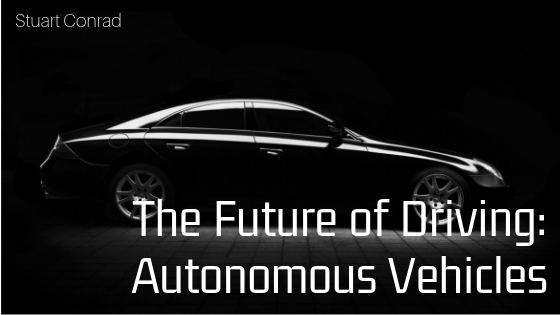The notion of self-driving cars is not a futuristic fantasy anymore; this is quickly approaching a present day reality. More and more tech giants and vehicle manufacturers are exploring and working towards the real possibility of driverless vehicles. Service companies like Uber are also looking to establish this type of autonomy as a way to boost profits by reducing the drain on their revenue that is related to drivers. The vision to make self-driving cars a reality is being carried out by companies such as Waymo, which that was birthed out of Google’s self-driving car project. The possibilities are being tested in controlled real-life situations across the country.
In the quest to make self-driving cars a reality, there are varying degrees of automation within specific cars that has basically become more advanced versions of cruise control. These features include automatic steering, braking, acceleration and lane control. Some cars have the ability to also parallel park themselves! That said this automation still requires a fair amount of attention from the driver in case an emergency arises, such as a traffic stop, a stop sign, pedestrians, animals, etc..
Beyond of these levels of automation or advanced cruise control, further tests are being run in cities such as Pittsburgh and Phoenix where they are pushing the limits of driverless vehicles and establishing the boundaries of the effective deployment of technology facilitating this concept. Now, there are even options in Pittsburgh for a pedestrian to ride in a self-driving rideshare program. While the vehicles are self-driving, for now there is a safety attendant present to account for any unknown variables like large potholes, unmapped construction or the need to swerve out of the way for unexpected objects or dangers. As we are seeing technology evolve and this concept becoming more viable, companies like Waymo and GM are designing cars that actually don’t have steering wheels or gas pedals. This might signal the ultimate commitment to self-driving vehicles and will truly signal that the future has arrived.
According to Tom Standage, who did an in-depth report into self-driving cars last year, the experience associated with this technology is expected to be rather boring. A non-event ride as a passenger means that the technology is working correctly. While of course, it will be briefly exciting to be shuttled around without any effort from you, it should not provide an opportunity for a roller coaster experience. If that is the experience, something went very wrong.
There are, of course, concerns about the factor that human error will play in the development and implementation of autonomous cars. While the cars themselves are able to provide consistency and rigidity in their driving, humans will always be fallible and distractible. This could make the widespread implementation of these driverless vehicles difficult unless there is also a widespread dethroning of human drivers at the same time. But even without human drivers on the road – pedestrians and potential hacking situations could raise concerns.
Autonomous cars are not a far-off romanticized dream – you can be assured that they will happen in some capacity – it is just a matter of when and where they will be widely accepted. Self-driving cars will provide an opportunity for a better, safer, and more efficient experience to travelers, and they might even reduce the expenses for those with regular commutes.

